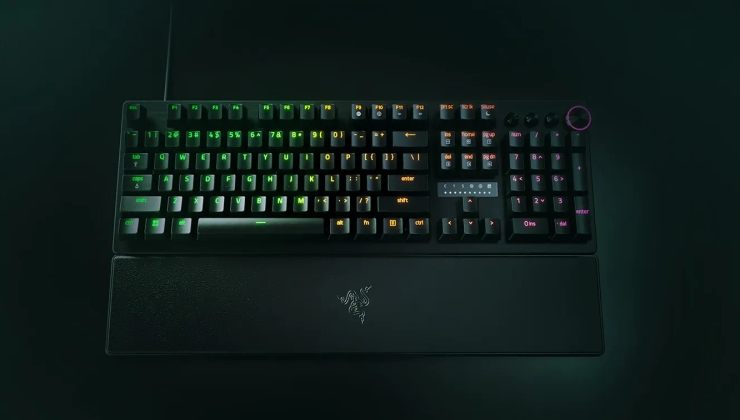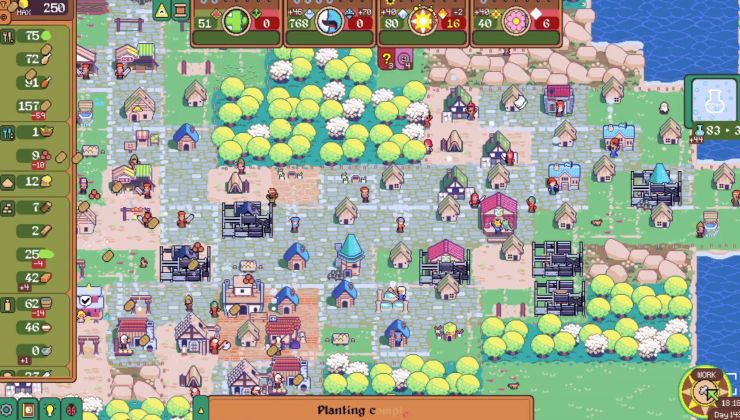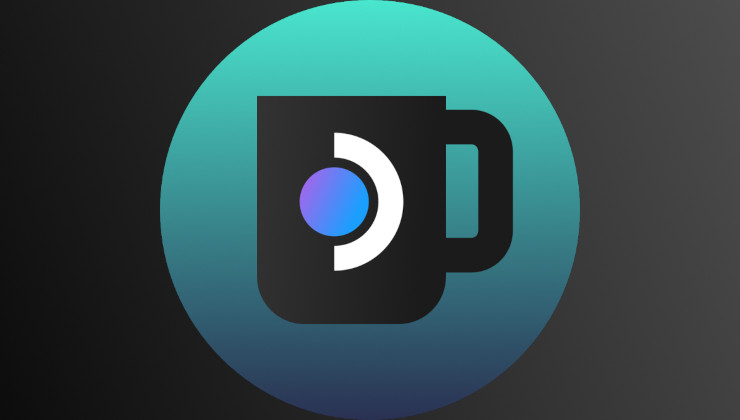Valve released SteamVR Beta 2.10.2 on April 2nd, and thankfully it includes a couple of fixes for Linux VR players.
Here's all the changes:
SteamVR:
OpenXR:
- Improved automatic throttling behavior. Reduces controller and physics jitter from throttling and prediction changes in response to performance variations.
Linux:
- Better handling of non-pipelined applications. Reduces controller jitter for Unity OpenXR apps.
- Remove XR_FB_foveation from the list of available extensions.
- Fixed empty black window when starting SteamVR on Linux.
- Added window icons to SteamVR windows on Linux.
Nice to see Valve remember that Linux exists for VR. We don't see SteamVR seeing many improvements for Linux very often. I'm still hoping whatever the new VR set from Valve turns out to be results in more VR improvements for Linux, if all the rumours and leaks of it using Linux are true.
Source: Valve
Some you may have missed, popular articles from the last month:
You can also find comments for this article on social media: Mastodon
All posts need to follow our rules. For users logged in: please hit the Report Flag icon on any post that breaks the rules or contains illegal / harmful content. Guest readers can email us for any issues.
Better late than never I suppose. That rogue window started appearing in the 1.x days, so that's at least two years ago. I still consider SteamVR 2.x fatally flawed on Linux. Of course, 1.x wasn't exactly great, but everything non-XR was more or less playable. With 2.x I had to disable async reprojection because it causes too much lag (ironic I suppose). Right now I play XR games using Monado. Some OpenVR games I play using OpenComposite+Monado, but OpenComposite won't work well with everything.
4 Likes
I remember falling out with someone on GOL because I wrote an article suggesting that the Linux experience wasn't great. It's such a shame that so little attention has been paid to Linux VR, not to mention how little is paid to VR even generally. When it's working, VR is such an incredible experience though. I hope the next generation is actually a decent improvement in quality of life features, along with, ideally, making it more affordable overall, or at least addressing some of the existing pain points, like the weight of the headset, or the need (in the case of the Index) for lighthouses.
2 Likes
I might have to plug my son's Quest into my system again just to see if I can get it working now
0 Likes
I have a dedicated VR PC and recently I got frustrated enough with Windows that I switched it over to Bazzite. The experience at first was very poor. But then I upgraded my GPU in my main PC and the VR PC went from a Vega64 to a 6900xt. Going from GCN to RDNA fixed a LOT of problems and things suddenly got a lot better. And then I upgraded my CPU in my main PC, and the VR PC went from 1700x to 5950x. And basically I have no performance issues anymore.
The remaining issues are random things. One game gets the eye alignment messed up and there are supposedly workarounds but they don't work for me.
So it seems like there are a few random weird issues, and older hardware isn't fully supported... but if they are going to handle this like they did the steam deck, then targetting all hardware out the gate isn't their goal anyway. They will definitely have no problem having the on device parts of VR working great in linux. But they'll also have to polish up some of the other bits.
For the most part, VR is just 2d gaming with complications (controls, multi eye rendering, tighter latency requirements). so as long as they can figure out the complications (which have been handled pretty well, generally speaking), I feel like they can make it work. It's also very possible (likely?) that they have already solved some of these problems in a bunch of internal only beta branches of things, and the new VR headset will ship with SteamVR 3.0, and all the improvements will just drop at once.
edit: notable other VR quirks I've noticed were this random black X11 window popping up (which is apparently fixed, nice!), fun with getting VR overlay desktop view (because of pipewire and desktop portal shenanigans), and sometimes the headset registers itself as a regular display when waking from sleep, and it needs to be unplugged and plugged back in for SteamVR to use it as a VR display.
Last edited by bisbyx on 3 Apr 2025 at 7:39 pm UTC
The remaining issues are random things. One game gets the eye alignment messed up and there are supposedly workarounds but they don't work for me.
So it seems like there are a few random weird issues, and older hardware isn't fully supported... but if they are going to handle this like they did the steam deck, then targetting all hardware out the gate isn't their goal anyway. They will definitely have no problem having the on device parts of VR working great in linux. But they'll also have to polish up some of the other bits.
For the most part, VR is just 2d gaming with complications (controls, multi eye rendering, tighter latency requirements). so as long as they can figure out the complications (which have been handled pretty well, generally speaking), I feel like they can make it work. It's also very possible (likely?) that they have already solved some of these problems in a bunch of internal only beta branches of things, and the new VR headset will ship with SteamVR 3.0, and all the improvements will just drop at once.
edit: notable other VR quirks I've noticed were this random black X11 window popping up (which is apparently fixed, nice!), fun with getting VR overlay desktop view (because of pipewire and desktop portal shenanigans), and sometimes the headset registers itself as a regular display when waking from sleep, and it needs to be unplugged and plugged back in for SteamVR to use it as a VR display.
Last edited by bisbyx on 3 Apr 2025 at 7:39 pm UTC
0 Likes
Are these the beginnings of Deckard gaining momentum?
Yeah, Steam VR on Linux has not gotten much attention recently. Performance isn't really great and I also started to use Monado instead of Steam VR to play VR games. Recently I've only been playing Beat Saber and Pistol Whip, but those two games work much better and smoother with Monado. I can operate my Index easily with 120 Hz on Monado (a bit tricky to set the refresh rate though) while I had issues reaching constant 90 FPS with Steam VR. (i7 9900, RTX 2080)
Would be great be if the Monado devs and Valve would join forces.
There is a ProtonDB-like website for gathering user reports how well games work on Linux in VR with different software (SteamVR, Monado, ALVR, WiVRn):
https://db.vronlinux.org/
Last edited by Corben on 4 Apr 2025 at 3:34 pm UTC
Yeah, Steam VR on Linux has not gotten much attention recently. Performance isn't really great and I also started to use Monado instead of Steam VR to play VR games. Recently I've only been playing Beat Saber and Pistol Whip, but those two games work much better and smoother with Monado. I can operate my Index easily with 120 Hz on Monado (a bit tricky to set the refresh rate though) while I had issues reaching constant 90 FPS with Steam VR. (i7 9900, RTX 2080)
Would be great be if the Monado devs and Valve would join forces.
There is a ProtonDB-like website for gathering user reports how well games work on Linux in VR with different software (SteamVR, Monado, ALVR, WiVRn):
https://db.vronlinux.org/
Last edited by Corben on 4 Apr 2025 at 3:34 pm UTC
0 Likes








 How to set, change and reset your SteamOS / Steam Deck desktop sudo password
How to set, change and reset your SteamOS / Steam Deck desktop sudo password How to set up Decky Loader on Steam Deck / SteamOS for easy plugins
How to set up Decky Loader on Steam Deck / SteamOS for easy plugins
See more from me